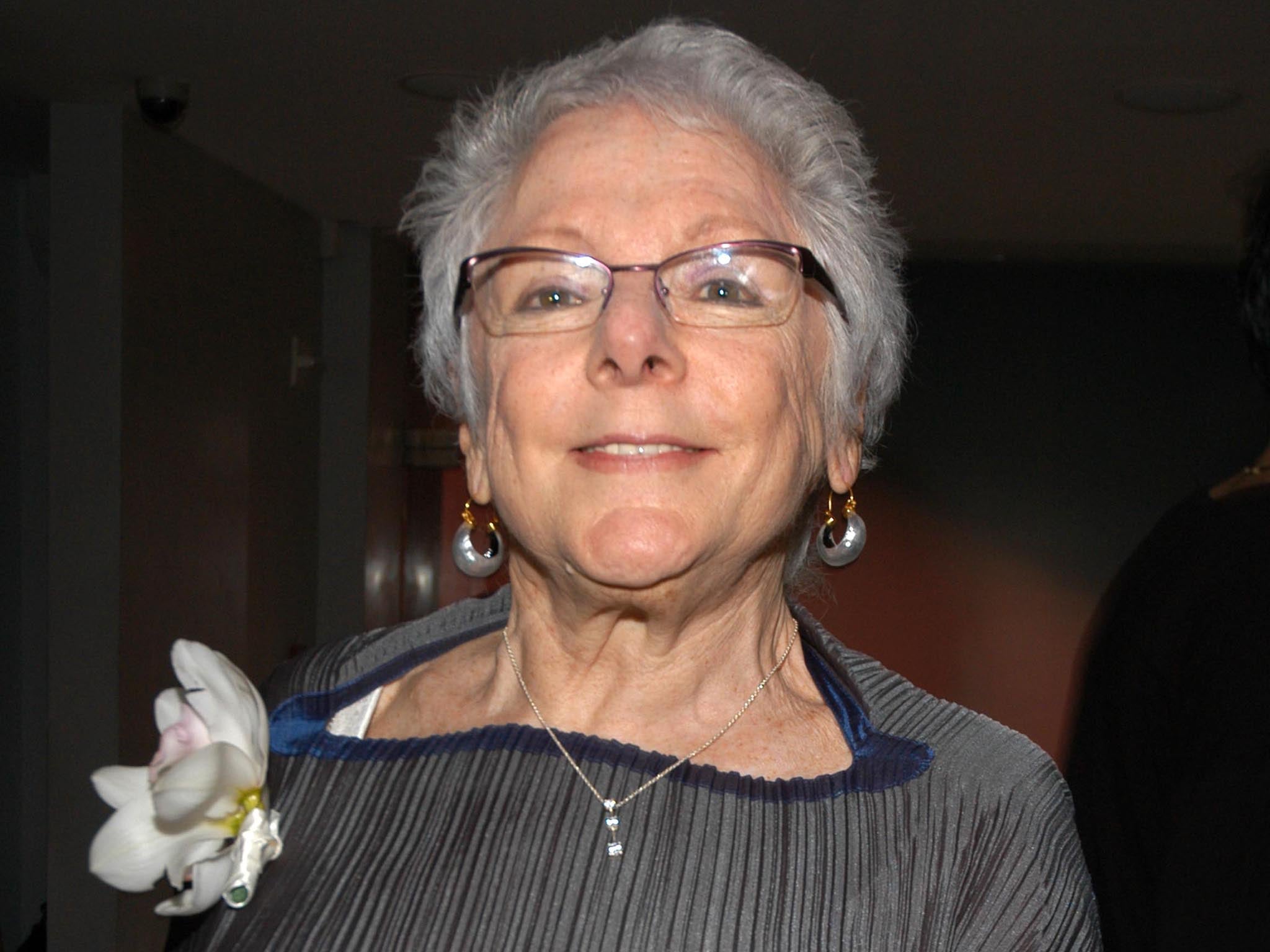Linda Nochlin dead: Pioneering feminist art historian dies aged 86
Her landmark essay 'Why Have There Been No Great Women Artists?' helped ignite a feminist perspective within her field

Your support helps us to tell the story
From reproductive rights to climate change to Big Tech, The Independent is on the ground when the story is developing. Whether it's investigating the financials of Elon Musk's pro-Trump PAC or producing our latest documentary, 'The A Word', which shines a light on the American women fighting for reproductive rights, we know how important it is to parse out the facts from the messaging.
At such a critical moment in US history, we need reporters on the ground. Your donation allows us to keep sending journalists to speak to both sides of the story.
The Independent is trusted by Americans across the entire political spectrum. And unlike many other quality news outlets, we choose not to lock Americans out of our reporting and analysis with paywalls. We believe quality journalism should be available to everyone, paid for by those who can afford it.
Your support makes all the difference.One of art history's most revolutionary voices, Linda Nochlin, has died aged 86 (via ARTnews).
She's credited as a major force in igniting the feminist perspective within her field, particularly thanks to her landmark 1971 essay 'Why Have There Been No Great Women Artists?', in which she interrogated notions that artistic genius has been reserved only for male artists, bolstered by the societal barriers which have prevented women from pursuing the craft.
This ranged both from practical barriers, with art academies placing restrictions on the education of women, and more ideological barriers, or as Nochlin argued: "the entire romantic, elitist, individual-glorifying, and monograph-producing substructure upon which the profession of art history is based."
She also made major contributions to the study of Realism and Gustav Courbet, Impressionism and Post-Impressionism, alongside numerous contemporary artists.
Nochlin was born Linda Weinberg on 30 January, 1931, in Brooklyn, later graduating from Vassar College in Poughkeepsie with a degree in philosophy, minoring in both Greek and art history. Two years later, she married Philip H. Nochlin, a professor, and they had a daughter, Jessica. He died in 1960.
After a master's in English at Columbia University in 1952, she attended New York University's Institute of Fine Arts to complete her doctoral work in art history. It was there she specialised in Courbet and his representation of the working class and women, co-curating a retrospective which included the first public display of The Origin of the World since its creation in 1866.
Her work made her beloved amongst artists, and she sat for multiple portraits during her career; Deborah Kass painted her in 1997 in the style of a Warhol "Death and Disaster" work, writing, "This would be called Orange Disaster (Linda Nochlin), because what else could you call the woman who changed art history as I and all before me had learned it?"
Follow Independent Culture on Facebook for all the latest on Film, TV, Music, and more.
Join our commenting forum
Join thought-provoking conversations, follow other Independent readers and see their replies
Comments